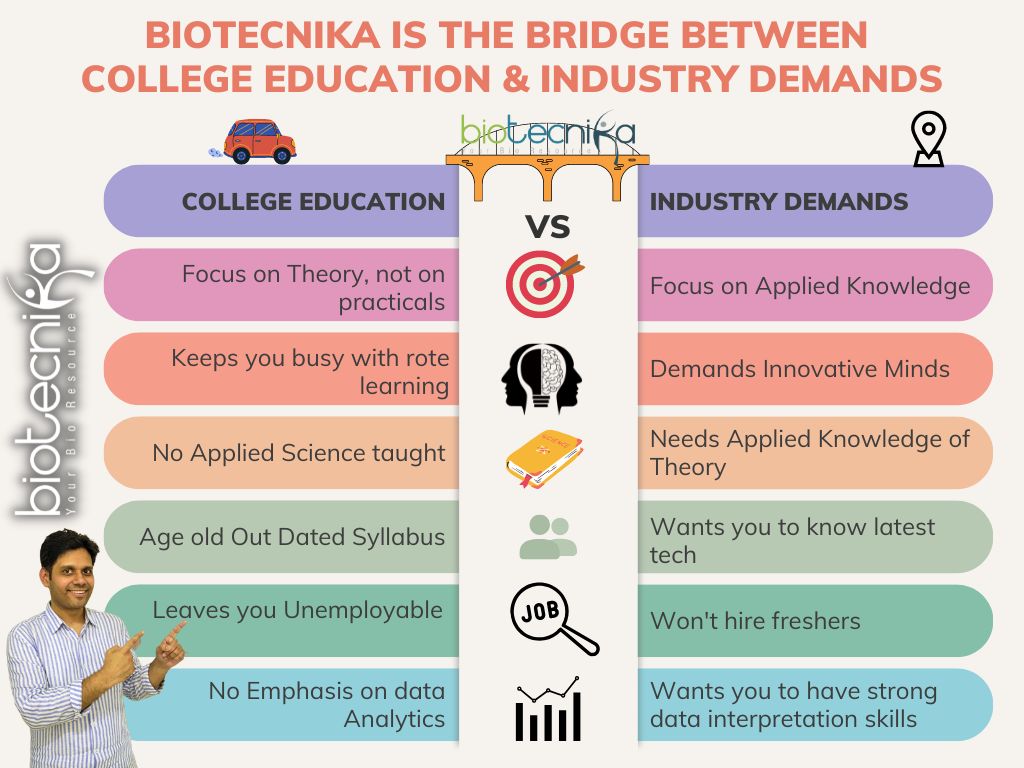Bioinformatics Tutor - Questions
Bioinformatics Tutor - Questions
Blog Article
9 Simple Techniques For Bioinformatics Tutor
Table of ContentsThe smart Trick of Bioinformatics Tutor That Nobody is Talking AboutThe Of Bioinformatics TutorFascination About Bioinformatics Tutor6 Easy Facts About Bioinformatics Tutor Explained5 Simple Techniques For Bioinformatics Tutor
Of the total amount individuals associated with the training, 80% were trainees from public college institutions, while the continuing to be 20% came from personal establishments. To receive a certification of engagement, pupils were called for to go to at least 90% of the total training hours. As an outcome of this need, a remarkable 95% of the individuals efficiently acquired their certifications, having not just met the minimum presence criteria however likewise finished all designated activities throughout the training.
During the elevation of the COVID-19 pandemic, especially between June and August 2020, the task team was entrusted with arranging specialized training in bioinformatics. This training was particularly aimed at trainees from the research team Center for Study in Applied Computer at the Federal University of Pará (UFRA) The adjustment to remote understanding systems because of the pandemic developed a chance to check out brand-new teaching methods and electronic tools that improved both reach and performance.
This training course was created to give an accessible yet comprehensive overview of Artificial Intelligence techniques, especially as used in bioinformatics (Bioinformatics Tutor). This virtual style made it possible for involvement from trainees across Brazil, many of whom may not have had the possibility to go to in-person sessions.
Little Known Questions About Bioinformatics Tutor.
A notable function of this course was its focus on hands-on knowing. About 50% of the total training hours were committed to useful tasks where trainees constructed intelligent designs and applications in an array of scientific domains, consisting of genetics, molecular biology, and ecological information evaluation. Extensively utilized frameworks and devices such as Spyder, Google Colab, Jupyter Notebooks, and Orange were integrated into the coursework. These platforms allowed trainees to participate in real-time data manipulation, design training, and formula trial and error.
Sixty of them were affiliated with numerous higher education institutions in the state of Pará, while the remaining twenty came from establishments found in five various other Brazilian states. By presenting Artificial Intelligence in a pertinent and functional context, the initiative served to link the gap in between concept and real-world application, providing students with a strong structure for future study or work in the area.
The training initiative developed component of a wider scholastic outreach effort referred to as the Bioinformatics on the Road project. This job has, throughout the years, presented dozens of trainees to the world of bioinformatics and computational biology. The occasions held under this umbrella effort have happened throughout several areas and years, as summarized in Table 1 (Listing of occasions, image source areas, years, and total varieties of pupils and trainers)
Among the most impressive end results of the Bioinformatics when driving effort has actually been its contribution to the development of decentralized research groups. Numerous of these groups, at first brought together by their involvement in training occasions, have given that gone on to create independent clinical study in collaboration with regional academic institutions. The training not only fostered clinical reasoning within the context of bioinformatics but additionally sparked collective connections that expanded beyond the training setting. These collaborations have actually resulted in increased regional scientific performance and contributed meaningfully to the advancement of the broader bioinformatics neighborhood in Brazil.
Bioinformatics Tutor for Beginners
The very same team, leaving out IH and RR, additionally acted as tutors for the functional training modules. Funding for the job was provided with the give 88887.200562/ 2018-00 from CAPES.
The Federal College of Pará's Office of Research study (PROPESP/UFPA) also offered economic support, particularly for the manufacturing of the last manuscript. The authors state no business or financial problems of interest that could have influenced the research study. In addition, all opinions and interpretations expressed in this short article are exclusively those of the writers and do not necessarily show those of their particular institutions, the publisher, editors, or reviewers associated with the magazine procedure.

The smart Trick of Bioinformatics Tutor That Nobody is Talking About
From a pedagogical point of view, the mentor technique utilized in the training was purposefully interactive. Courses were performed in a fashion that encouraged student participation and discussion, going past memorizing memorization to explore exactly how concepts are created, used in day-to-day life, and examined special info in scholastic settings. The educational philosophy focused on nurturing both strong and battling pupils, supplying personalized assistance, and building self-confidence via sustained mentorship and persistence.

Each team, including roughly 36 participants, was supported by 3 advisors-- a lot of whom were postdoctoral researchers with customized knowledge. These mentors not just aided create the group projects but additionally promoted their execution, ensuring that each study inquiry was both suitably difficult and relevant. The objective was to offer a biologically realistic context that individuals might explore via open-ended objectives and accessibility to curated datasets.
For extra insights into the technique and results of this project-based discovering approach, viewers are directed to S1 Text, which consists of comprehensive summaries of the pedagogical structure, examination techniques, and task themes made use of in the training sessions.
The 6-Minute Rule for Bioinformatics Tutor
Of the total amount participants involved in the training, 80% were trainees from public greater education and learning institutions, while the continuing to be 20% came from exclusive institutions. To qualify for a certificate blog here of engagement, pupils were called for to attend at least 90% of the overall training hours. Significantly, past the pupils that enrolled in the training sessions, seven knowledgeable teachers participated in delivering the courses, while three specialized study professors worked with the total training procedure. Approximately 50% of the total training hours were dedicated to useful tasks where pupils constructed smart models and applications in a range of scientific domains, including genetics, molecular biology, and ecological data analysis. The training not just cultivated clinical thinking within the context of bioinformatics yet additionally triggered collective relationships that extended past the training setting.
Report this page